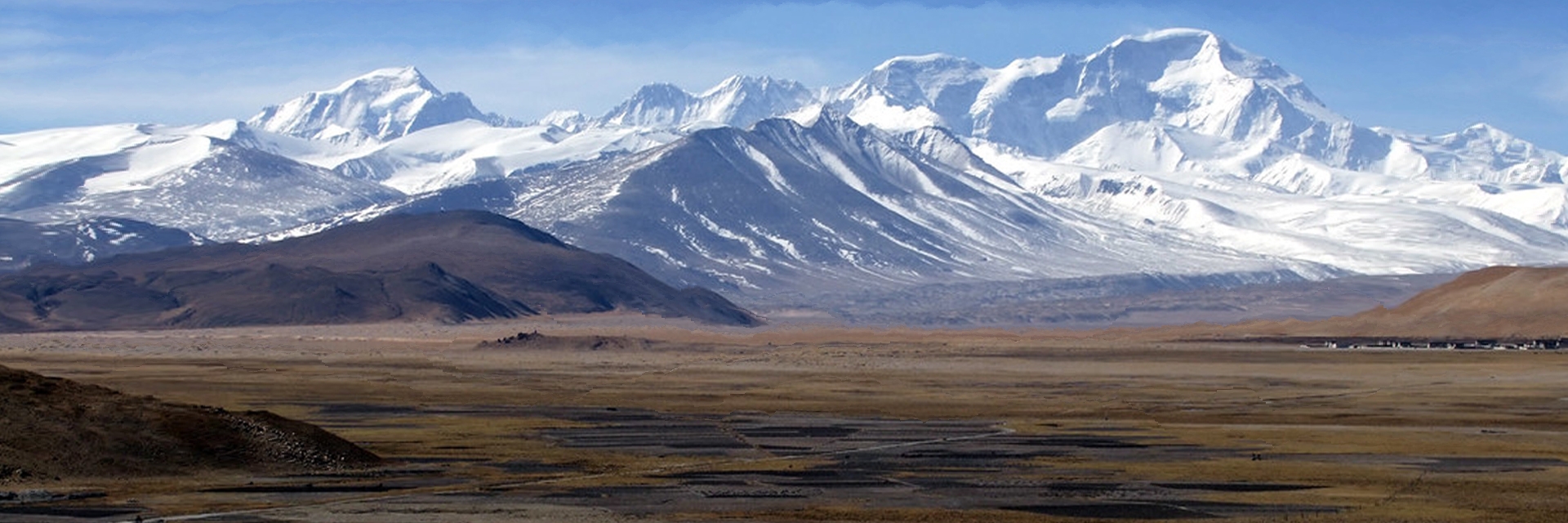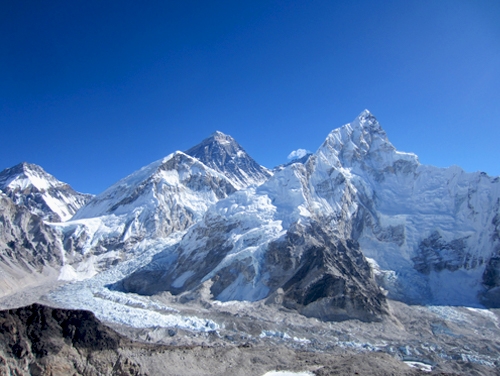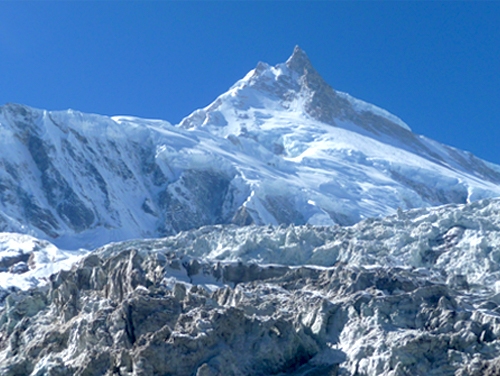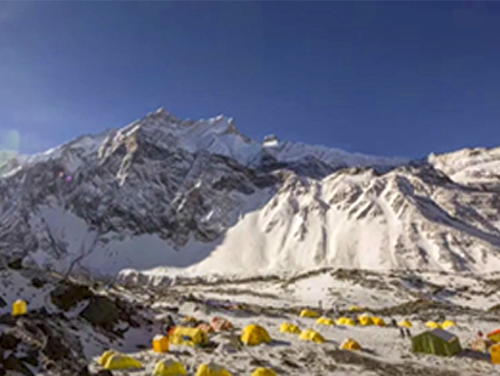Overview
At 8,201m, Cho Oyu is the 6th highest peak in the world and one of the most popular entrances into the realm of the 8,000-metre Mountains. For a mountain of such eminence, it poses a slightly challenging. This makes Cho Oyu 2nd most climbed eight-thousander in the world.
Behind the Cho Oyu Mountain’s name there is a wonderful meaning – “The Turquoise Goddess”, owing to its colors in the setting sun. The peak appears pictures that are equally splendid as the name, standing on the border of Nepal and Tibet. Cho Oyu’s peak was first levitated in 1954 and since then it has thrilled climbers from all over the world.
Climbing Cho Oyu is a possible effort for average climbers who wish to attempt an 8,000 m peak. It provides a perfect entrance into the world of high-altitude Himalayan climbing. Cho Oyu lies in the middle of the Tibetan/Nepalese border and allows climbers to view the pictures of Everest, Lhotse, Ama Dablam, and figuratively hundreds of other Himalayan peaks.
Best Time for Cho Oyu Expedition
If you are climbing to the lower part then there will be not so big a problem about which time is best to visit Cho Oyu. But if you are thinking of clambering the trail towards Cho Oyu Expedition, then it becomes a must to ascent during the best season which is in spring.
Spring Season
Spring is the vital climbing season for the Cho Oyu Expedition Nepal. In spring the climate is warm and views are clear. The spring season varies from March to May for three months. The chances of rain or cloud are less in relation to other times. The spring season is the most suitable for climbing because of warm weather, not so much snow deposited. The wind velocity might be challenging for this season but taking into consideration all kinds of factors, spring is the best climbing time for the Himalayas of Nepal.
Climbing Route for Cho Oyu Expedition
The northwest face of Cho Oyu brings us up fair easy angled 30-degree snow slopes. Necessarily fixed lines will be placed to support us on steeper sections. Following our acclimatization walks in Nylam and Tingri, we will reach to Chinese Base Camp. There we initiate our exciting preparations to move up to Base Camp with an altitude of 5700 m via an Intermediate Camp at 5400 m for acclimatization.
From Base Camp to Camp I (6,400m) it will take about 4-6 hours via an initial walk up the Gyabrag Glacier, up steep scree to a broad snow shoulder, and our first high camp.
From Camp I to Camp II (7,100m) we follow the snow ridge to a steep 50-meter ice wall, which provides us with our most demanding climb on this route. To make the climb safe we use fixed lines.
Camp III (7,500m) we are now on easier ground and we reach our third camp in around four hours. At this height, there is a great sense of effort to obtain additional height.
Summit Day will take 7-9 hours to achieve Cho Oyu’s impressive peak plateau. The journey takes us over pretty easy snow and rock.
Climbing Difficulty for Cho Oyu Expedition
While the challenge of the high-altitude expeditions cannot be undervalued, the technical nature of the mounting is moderate. The path is formed of snow slopes with short sections of ice and rock scrambling. For speed and safety climbing we will use the fixed rope to reach the summit.





